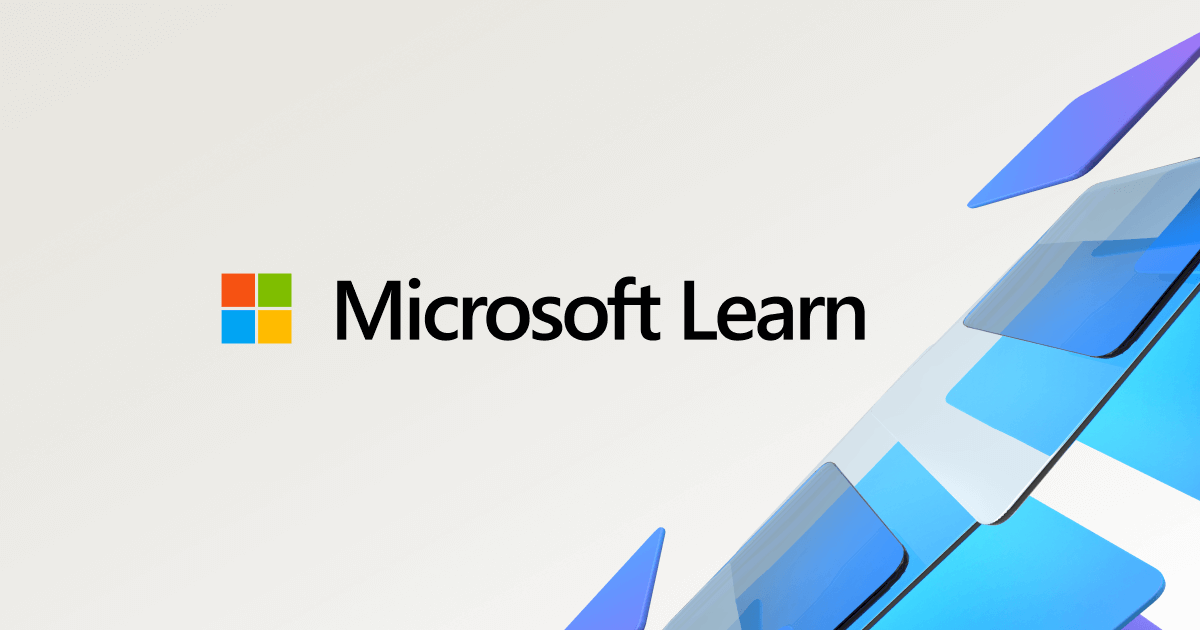I haven't seen anyone provide evidence it improves anything such as in mouse graphs etc. It is interesting though that if you set it to 1 (one) after a certain amount of time clicks stop working all together and the OS doesn't seem to recover.
From one of my github research pages.
GamingPCSetup/README.md at master · djdallmann/GamingPCSetup
Q: What are the default non-paged pool allocations for mouclass.sys and kbdclass.sys *dataqueuesize parameters indicated by the mouclass and kbdclass event providers?
The default non-page pool allocation for keyboarddataqueuesize is
1200 bytes and mousedataqueuesize
2400 bytes. The value of mousedataqueuesize is the value specified in the registry multiplied by the size of the structure
MOUSE_INPUT_DATA (24 bytes) defined in NTDDMOU.H, 100 x 24 = 2400. Similarly for the keyboarddataqueue size it is the value specified in the registry multiplied by the size of the structure
KEYBOARD_INPUT_DATA (12 bytes) defined in NTDDKBD.H, 100 x 12 = 1200.
Findings and Analysis
 Registry Paths:
Registry Paths:
- HKEY_LOCAL_MACHINE\SYSTEM\ControlSet001\Services\kbdclass\Parameters\KeyboardDataQueueSize
- Default Value: 100 (0x64)
- HKEY_LOCAL_MACHINE\SYSTEM\ControlSet001\Services\mouclass\Parameters\MouseDataQueueSize
- Default Value: 100 (0x64)
- This setting is not present in registry by default on Windows 10
References:
Q: How do the values in keyboarddataqueuesize and mousedataqueuesize affect the non-page pool memory allocation? How can you tell?
These values specify the driver's internal buffer size in nonpaged memory pool for each device object registered to the system, these buffers are dynamically allocated and removed when you connect/disconnect USB devices. Microsoft provides a tool called
poolmon as part of the
Windows Driver Kit (WDK) which let's you see the page and non-paged pool driver memory allocations as they are used and processed, you could also see similar changes with a Windows Performance Analyzer and Recorder capture. See findings and analysis for more information.
Findings and Analysis
Using poolmon you can view the total allocated buffer space by each driver for the connected devices, in the image below there is one physical Mouse connected and one physical Keyboard using the default values.
In this case there are two keyboard devices registered (
HID Keyboard Device in device management), one that is part of the mouse and the keyboard itself which results in a value that is rougly 2400 bytes (1200 x 2) buffer space allocation and the remaining space likely allocated to some regular device object structure.
Then we see similar behavior for the mouse, again there is one
Mice and other pointing devices registered (HID-compliant mouse) which results in a value that is rougly 2400 bytes (2400 x 1) and another set of bytes related to some other data structures.
 Q: Are there any paged or non-paged pool buffer allocations or frees when you move the mouse?
Q: Are there any paged or non-paged pool buffer allocations or frees when you move the mouse?
Yes, when you move the mouse the usb drivers hidusb.sys and usbhub3.sys dynamically allocate and free bytes associated with the amount of data processed, the more you move the mouse the more bytes seen allocated and freed. This may be different depending on the type of device and supported driver such as USB3 vs USB2.
Findings and Analysis
Rows highlighted below represent byte allocation and frees since the last update cycle. The values displayed appear to be a total count of bytes allocated and freed perhaps since the PC was first booted as the numbers remain present after closing and re-opening poolmon.
Screenshot of byte allocations during mouse movement via poolmon 








